THE GREAT BEYOND
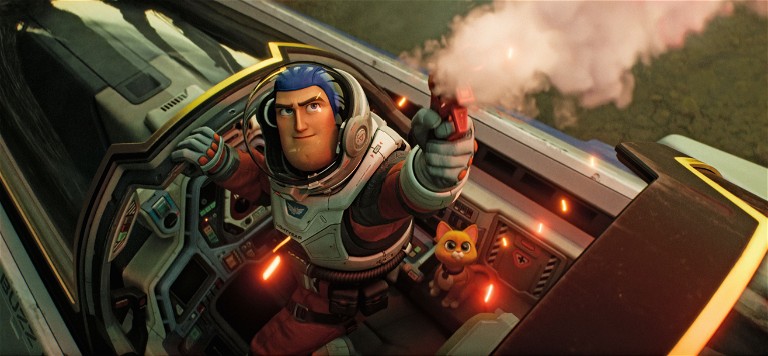
Everyone’s favourite Space Ranger is blasting off again, but you’ve never seen him quite like this before. Total Film meets the filmmakers behind the real Buzz Lightyear’s sci-fi adventure.
WORDS MATT MAYTUM
Back in 1995, Buzz Lightyear was the must-have plaything in Toy Story (and life imitated art when Buzz flew off toy-store shelves). But did you ever wonder about Buzz’s background? Lightyear director Angus MacLane certainly did. In Pixar’s latest feature, we’re introduced to the ‘real’ Buzz Lightyear, in a meta-movie that would’ve been Andy’s favourite film..
But don’t expect a Toy Story re-tread. Lightyear is pitched as a retro-inspired sci-fi adventure film, in the vein of the genre’s classics. The kind of film that would inspire obsessive devotion and an awesome toyline.
“My goal was not parody or satire,” says MacLane. “I wanted the audience to have a feeling at the end of it, like, ‘Oh, I’ve gone on this fun space adventure.’” The film sees the Star Command Space Ranger on a mission on a hostile planet, T’Kani Prime. When the escape plan goes awry, Buzz and his team are stranded indefinitely, until they can create the hyperspeed fuel needed to escape.
Time slips away as Buzz begins to feel the effects of hyperspace travel. Oh, and a robot threat led by Zurg clouds the somewhat peaceful existence the crew have been forging on T’Kani Prime. Appropriately, nostalgia is baked into the very fabric of the film.
“The origin of the film is steeped in nostalgia from the standpoint of wanting to make a sci-fi movie that is reflective of the kind of sci-fi movies from our youth,” says MacLane. “But also, if it was Andy’s favourite movie… the nostalgia angle of it is trying to recapture the feeling of seeing that movie.”
“I think that there’s a lot of nostalgia for prior chapters in life,” adds producer Galyn Susman. “I think people will often gravitate towards a chapter, and think of that as the [ideal] chapter in their lives, and then try to recreate that as they move forward, instead of engaging with the chapter they’re currently in. I thought that was a very appealing concept to build a movie around.”
Join TF for a nostalgic insight into how that movie was built. Some assembly required…
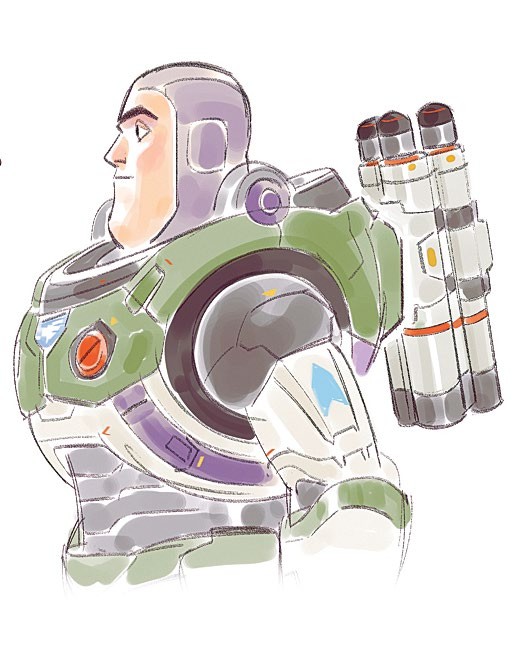
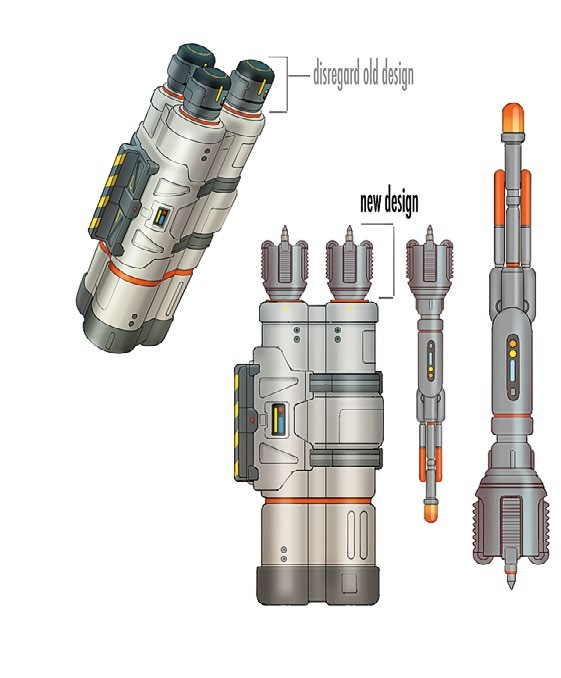
THIS TOY’S LIFE
“In the film, we say [Andy] got Buzz for his birthday, and this was his favourite movie,” MacLane says. “So I actually feel like this movie might be early ’80s, late ’70s. It’s more like his favourite movie that he saw on VHS, probably.”
Adding to the meta-dimension of this endeavour, MacLane continues, “I imagined that this was a movie, and later there was a spin-off cartoon. And then the Toy Story toy was made off of that cartoon design…” Hence the need for a new voice to differentiate from Tim Allen’s Buzz. Step in Chris Evans. “From early on, because the voice is so iconic, you run the risk of imitation,” says MacLane. “I wanted it to be something that was different.”
An essential to this Buzz was that he be at odds with his surroundings, and a little self-serious, to ensure an echo of the Buzz we know. But MacLane was keen that it not feel too much like a Toy Story movie. “If you remind the audience of it being a movie too much, then they stop caring about the peril of the characters… One of the things I learned from Brad Bird, working on The Incredibles, was, make sure the audience is worried about the characters’ safety.”
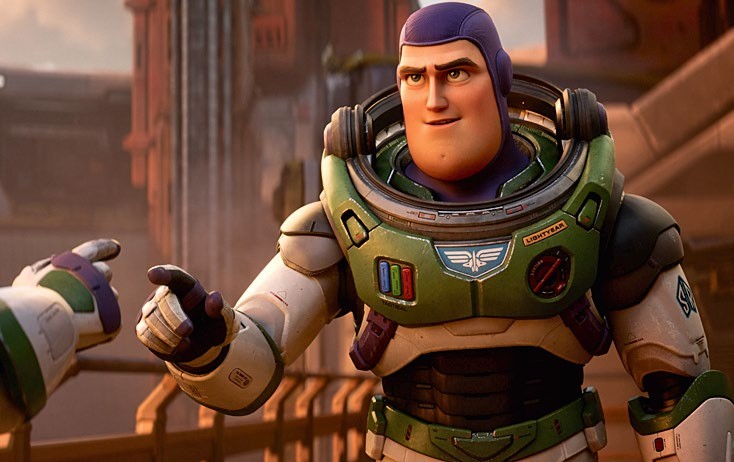
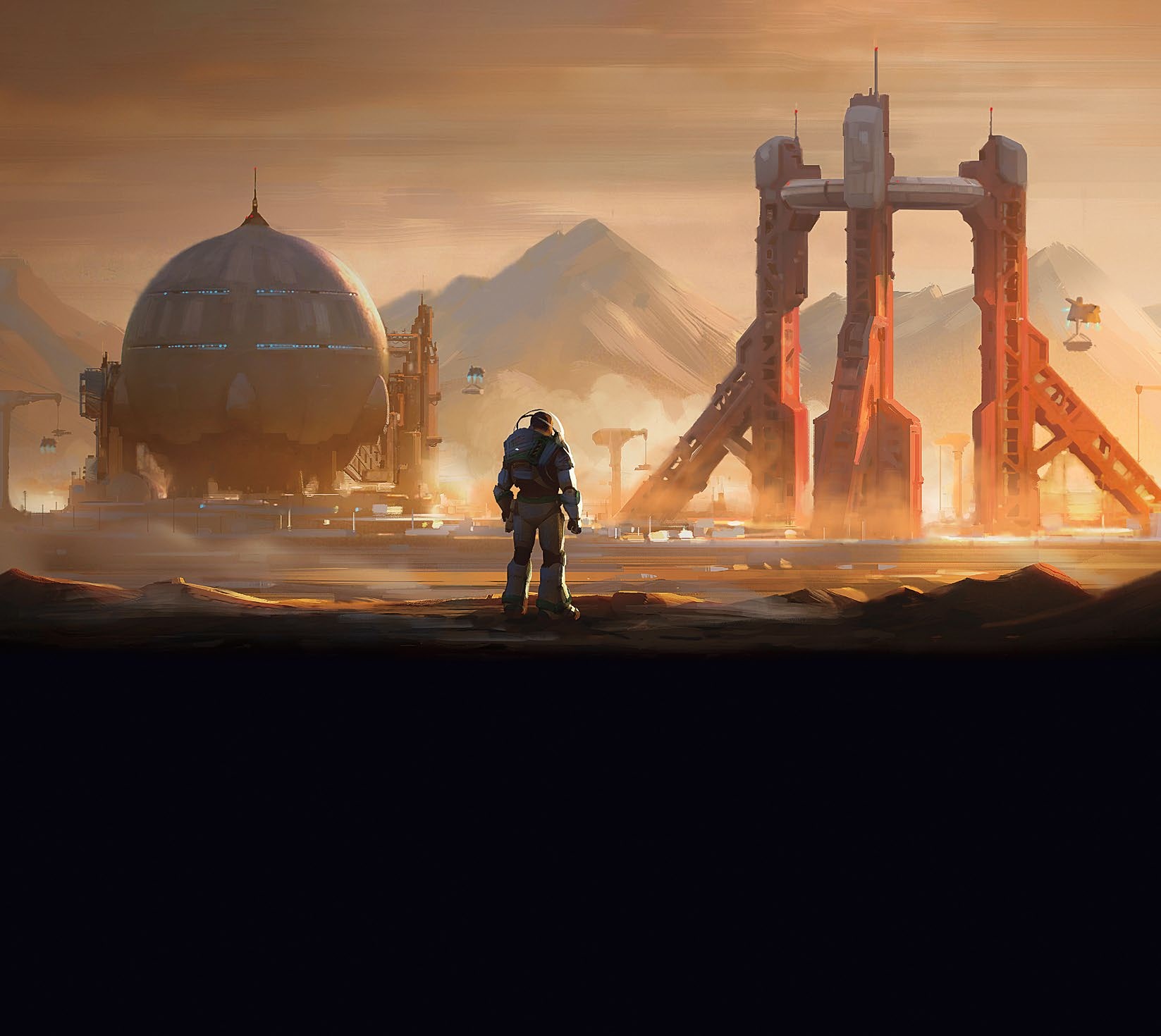
WORLD BUILDING
Of course, an epic space adventure requires some cool hardware. “I was mainly just trying to have an industrial design that felt a little bit more rugged, and a little bit more military tactical, with a clean, overall aesthetic,” explains MacLane.
“Angus wanted to make a very cinematic movie,” says Greg Peltz, the sets art director (in charge of developing and directing the look of the environments, vehicles, structures and other technology). “He’s very influenced by classic sci-fi from the ’70s and ’80s. So we wanted to make that kind of a movie.”
Star Command’s exploration vessel (pictured above) is known as the ‘Turnip’. “Angus was very interested, really early on, with the Turnip: a big, spherical-shaped colony ship, essentially. And that was just something he had in his head from the get-go. He was like, ‘OK, it’s going to be a circle; Star Command, in general, is very much like geometric simple shapes and forms.’ And the whole design philosophy for the look of that world kind of comes from the top there.”
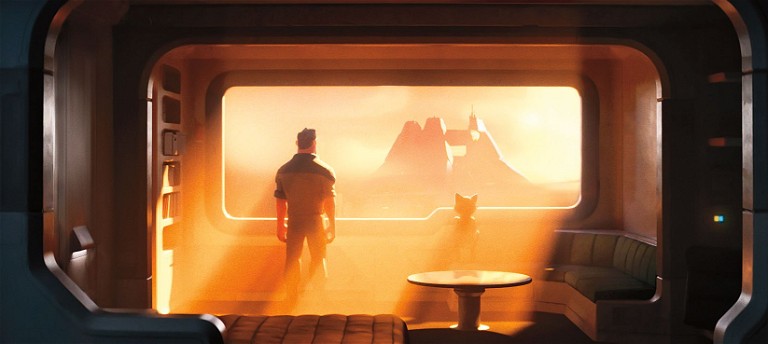
SHIP SHAPE
When workshopping ideas for some of
the vehicles, MacLane would sometimes
turn to the medium of Lego for a quick 3D
impression. “It was different Lego building
than I would do normally, in the sense
that it was meant to be really quick, and to
build a shape, rather than a final product,”
explains MacLane. “It was more of a
communication tool.”
Peltz would also sometimes mock up 3D models in place of sketches. “A lot of times, I’m doing very quick mock-ups in 3D so you can take a ship design that doesn’t have all the fancy bells and whistles on it yet, but you can spin it around, and be like, ‘I like the shapes of the wings and the engines from this angle. Let’s make this longer.’ You can very quickly work three-dimensionally to kind of figure out the form and the shape of these things, because it is such a three dimensional world.”
One thing the team took away from their research trip to NASA was the sheer number of elements inside a spacecraft. Explains Susman: “There’s so much stuff. When you look at a cockpit, when you look at the capsules… the buttons, the knobs, the dials - everything is so tactile. And Tom [Marshburn], our astronaut friend, explained to us that everything is in an order, in a hierarchy.”
As well as the NASA input, there was also a crucial visit to the Lucasfilm archives. “We worked with a gentleman named John Duncan, who worked for Lucas, and so I think there’s an element of that design aesthetic just in general,” adds Susman. “Because we had a design [and] he built it the way he would build a spaceship as a practical [model] in Star Wars, let’s say. And then Greg built that on a computer. And we did a comparison: what gives the practical model warmth, and how do we take those elements of that tactile-ness and that warmth? So some of the resemblance is just a part of our push to make our digital models feel more tactile or warm, and more like practical models.”
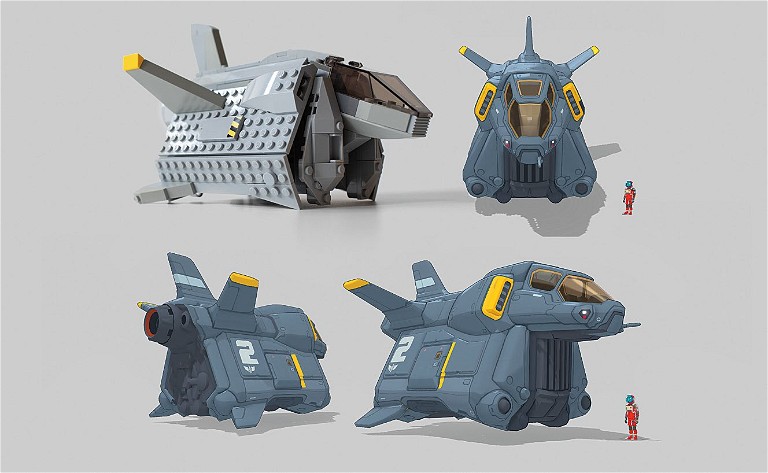
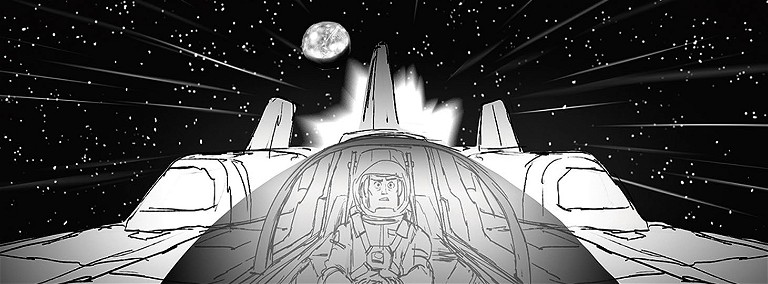

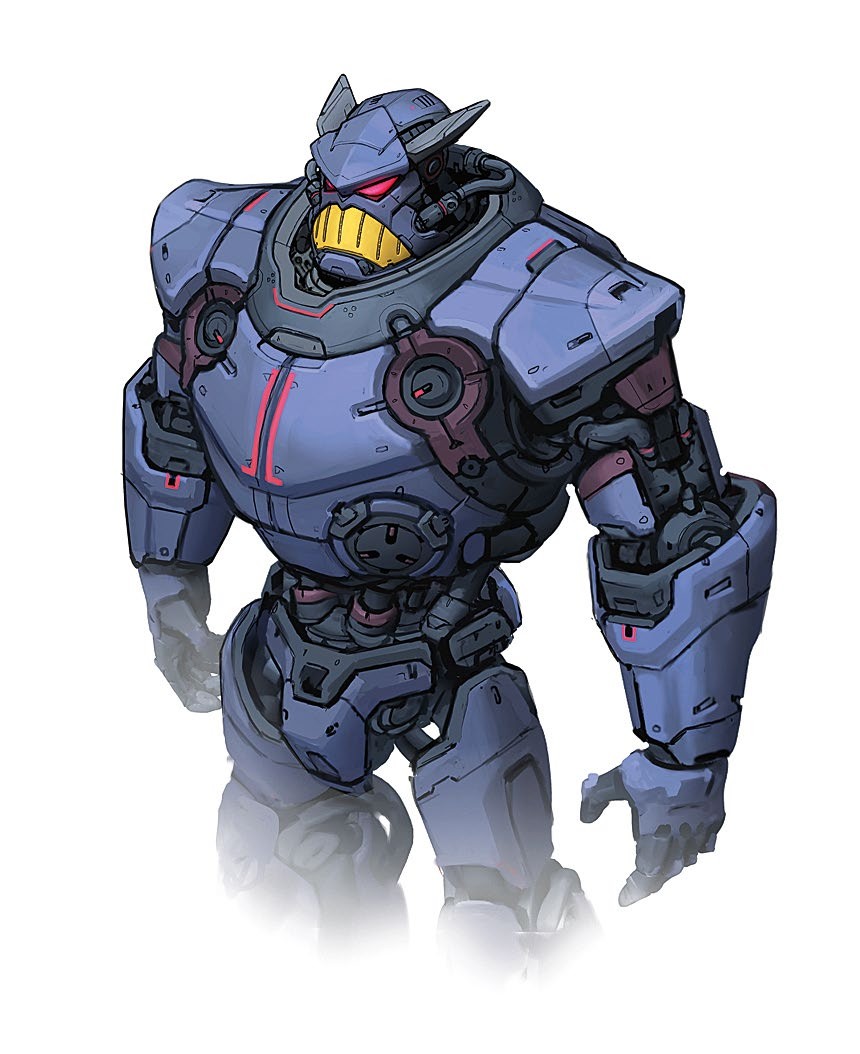
ROBOT WARS
Zurg was another crucial element that had to be included in a Buzz Lightyear film. MacLane worked on the design of Buzz’s enemy when he first joined Pixar at the time of Toy Story 2 (and would later revisit the character - sort of - in short Small Fry). “I like the utilitarian, military aspect of the zyclops robot,” grins MacLane. “They’re pretty cool. But Zurg[’s design] has the most going for it, as far as the cool factor.”
Elements might look familiar, but Zurg has had something of an upgrade since appearing in the 1999 sequel. “With the robots, specifically Zurg… I have always been influenced by Japanese anime,” says Peltz. “I love giant robots. Mecha. All that kind of stuff. There’s kind of an interesting, stylistic choice to those designs that I just don’t feel you see in western media as much, but is very kind of dramatic and cool and powerful-looking to me. Zurg harkens a little bit more to that maybe more Japanese influence that’s more powerful. A kind of characterful design work that makes him feel distinctly different from the Star Command world of technology.”
The fact that he’s voiced by James Brolin (Thanos’s dad!) is something of a coincidence. “James Brolin just had this tooth and menace and warmth to his voice,” says MacLane.
“And then only when we were recording him did he point out that it was ironic that that he was playing a character opposite Chris Evans, and his son [Josh] did the same thing. So I cannot take credit for that.”
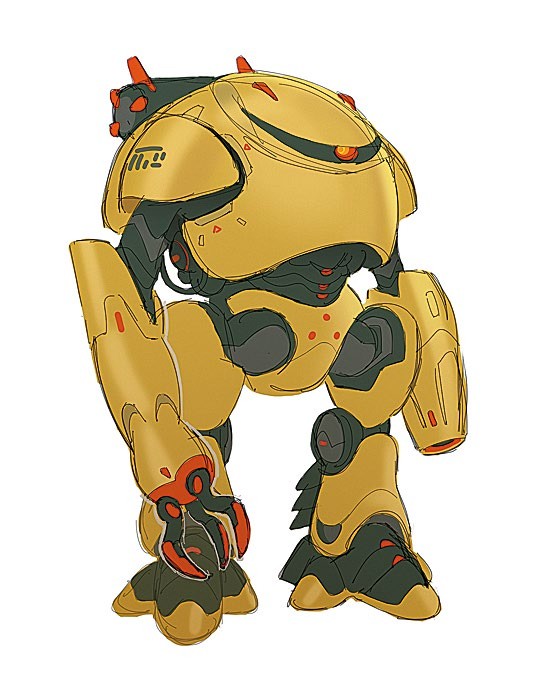
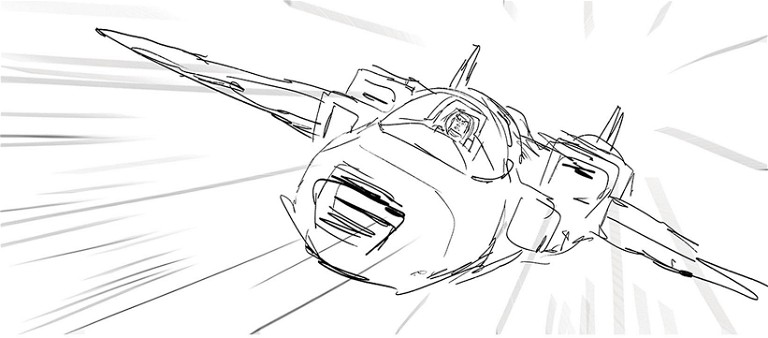
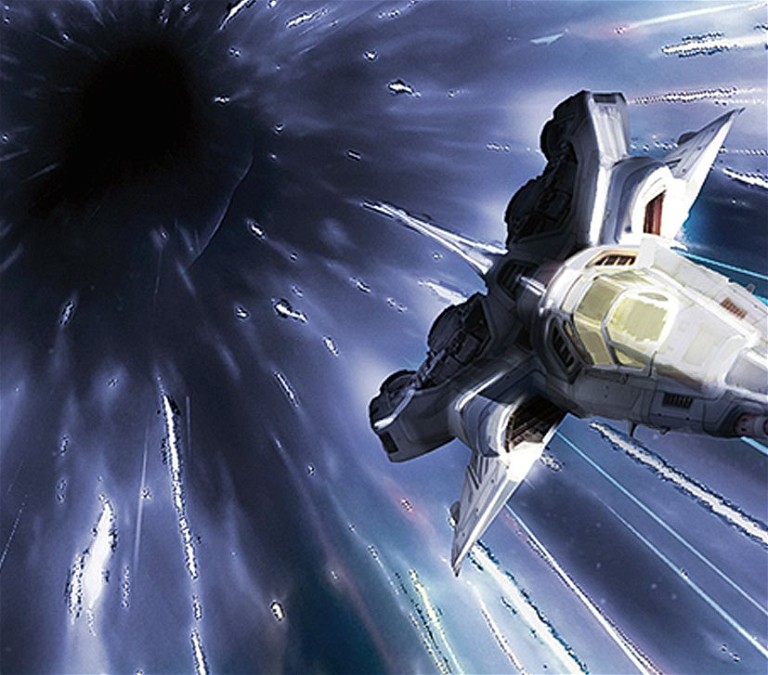
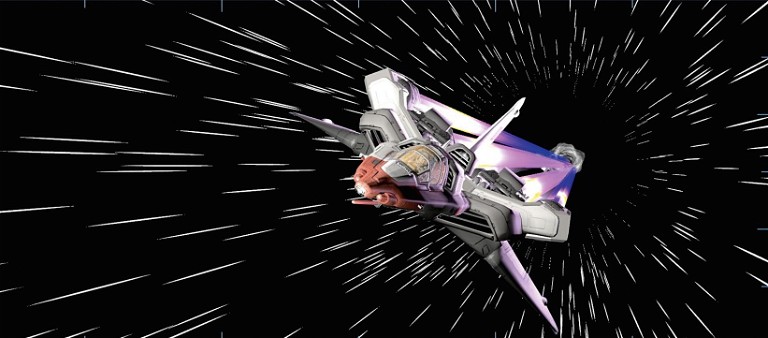
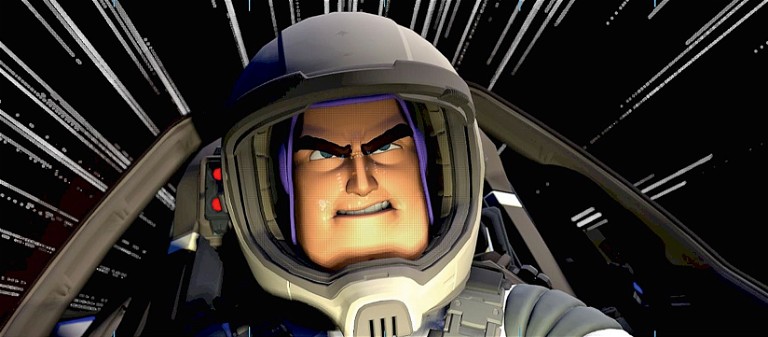
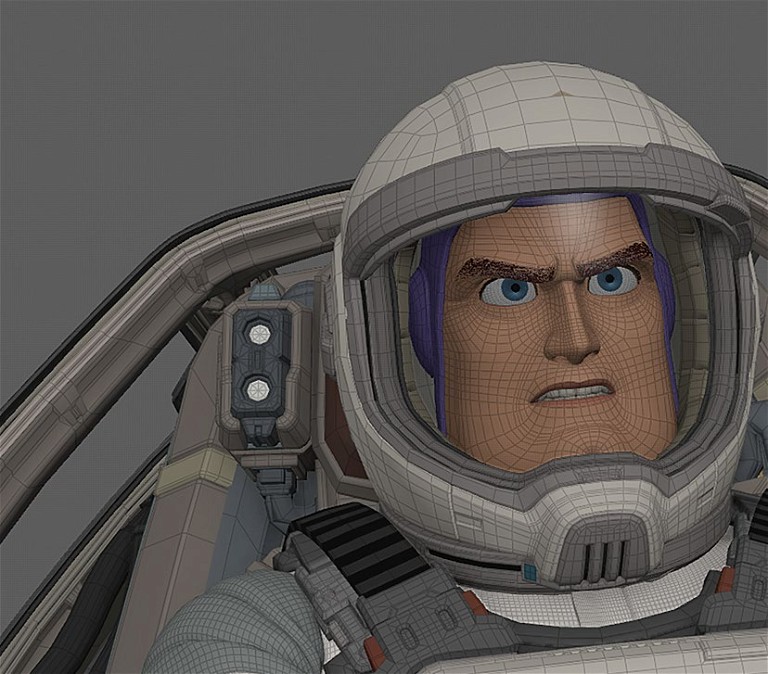
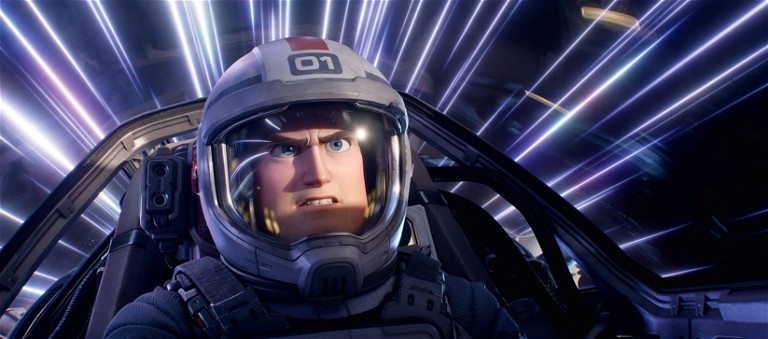
COUNTDOWN TO LAUNCH
An important early stage for any Pixar film is
the storyboarding process. “We board a full
movie three or four times before we ever put
anything in layout,” says Susman.
“The storyboard team spends a year at least before we start just figuring out kind of the groundwork for the film,” says Jeremy Lasky, director of photography. “You can read a script, and love it or hate it. But until you see it visually – until you see it played out on a screen, even in rough drawing boards – you don’t really know how the film plays, and what lands and what doesn’t.
“So we really rely on that, especially since Angus has spent that time working with Tony Greenberg, our editor, to refine the pacing.
“And then pre-vis is the time when we go, ‘OK, we’ve got this 2D version. This is what Angus wants to make. Now, how do we make that in 3D? And how do we all make that in 3D?’ Meaning: what does animation think about the way Buzz is moving in this scene? What does sets think? We’re going to put the camera here. Do we like that? Is there something we should tweak about this set to make it work better? Let’s make sure that [the effects team] has a way to rough in some ideas so that Angus can see where they’re going, and they don’t get backed into a corner later. It’s the same with lighting. It’s very hard as a downstream department – meaning lighting, effects, animation – to be put in a position where you’re handed a bunch of 3D shots, and told, ‘Now I want it to look like this.’ If you’re not working with them [from the beginning], you run into little traps. So to avoid all that stuff, we’re working together in pre-vis.”
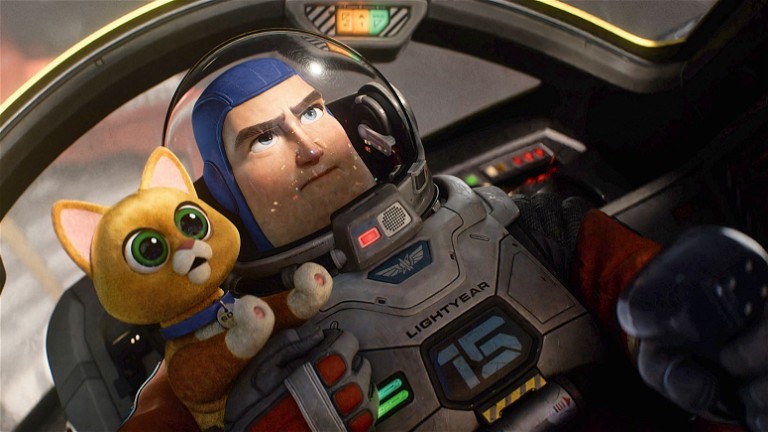
CAT PERSON
For all of Buzz’s cool gadgets, perhaps the most sought-after is going to be Sox, his robot cat companion, who’s there to help him acclimatise to T’Kani Prime living. The multifunctioning kitty is voiced by The Good Dinosaur director Peter Sohn. “It’s something we wanted for the scratch [temporary] voice, just to kind of sell it,” explains MacLane. “His voice always felt like the voice to beat, for me. But it’s such a hard thing to cast – the vulnerability and comedy and timing that Peter has. And he has this natural self-deprecation to his speaking voice and to his personality that I think really hides a really high level of performance craft that can seem invisible because it’s not aggressive. And so there was a pretty natural choice when it came down to it.”
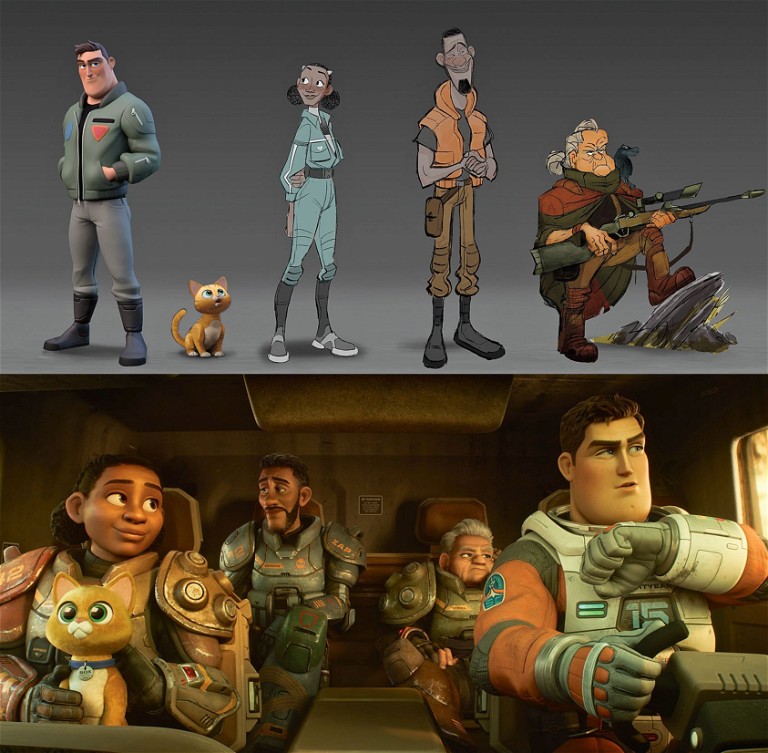
RANGER ZONE
As the story progresses, Buzz will find himself reluctantly teaming up with the ragtag Junior Zap Patrol, comprising Izzy (Keke Palmer), Mo (Taika Waititi) and Darby (Dale Soules). “Buzz is a very high-performing, highdemanding space ranger,” says MacLane. “And Buzz is not great working with an inexperienced crew. So in the second act of our film, of course, we partner Buzz with the inexperienced crew… So not only is he surrounded by people he doesn’t deem as competent, it’s also a reminder of both his failures and the generational differences and perceptions of competence that he’s having to deal with.”
Another reason that nostalgia is pertinent to Lightyear is that MacLane and Susman have worked on Toy Story films for as long as they’ve been at Pixar (Susman starting on TS1, and MacLane on TS2). “I was on the first one,” recalls Susman. “I lit the shot of Buzz on the bed when you pull up, and you scan up, and you see him. And later on in [this] movie, we have one that’s very similar. That cracks me up.”
LIGHTYEAR OPENS IN CINEMAS ON 17 JUNE.